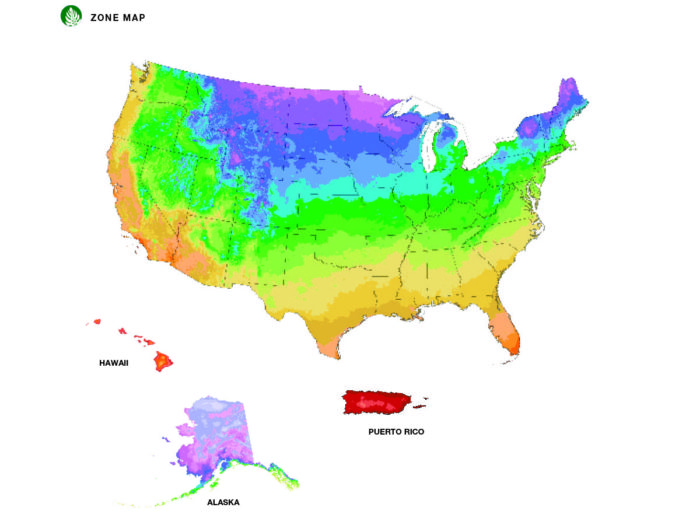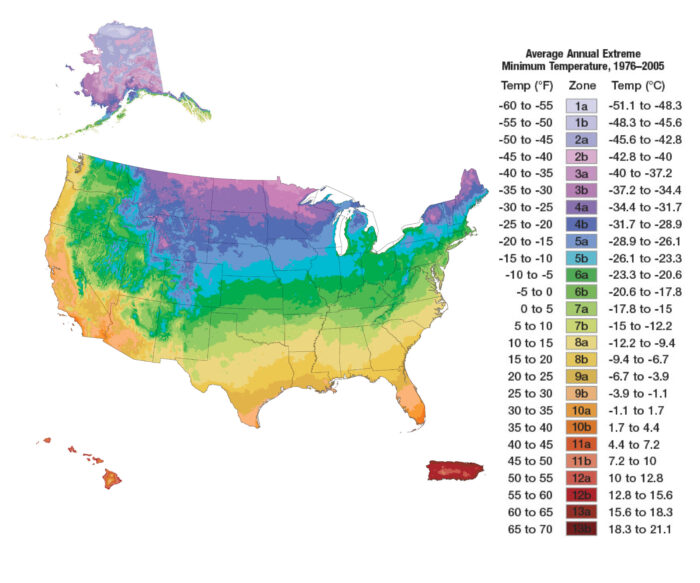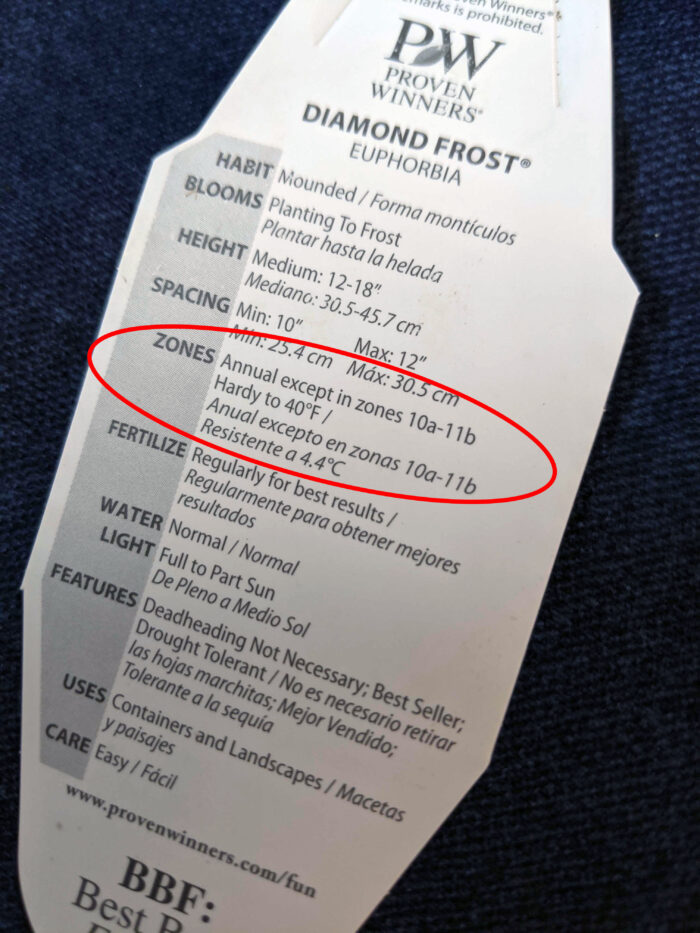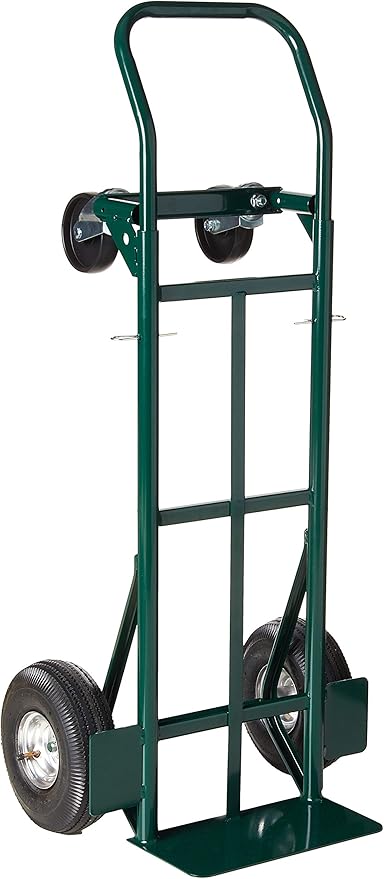What Is My Gardening Zone?
What zone you are in determines what you can grow

What is the USDA Plant Hardiness Zone Map?
The USDA Plant Hardiness Zone Map is produced by the United States Department of Agriculture, and it is the standard by which you can determine which plants are most likely to thrive in any specific location. The map is divided into 10°F sections dependent on the average annual minimum winter temperature.
Learn more: The Best Keystone Plants for Your Region and Zone
Find your zone
The zones identified in Fine Gardening are based on several sources and should be treated as general guidelines when selecting plants for your garden. Many other factors may come into play in determining healthy plant growth. Microclimates, wind, soil type, soil moisture, humidity, snow, and winter sunshine may greatly affect the adaptability of plants. For more information and to zoom in on your area, visit the map at the USDA website, where you can type in your zip code to find out your hardiness zone.

Finding plant hardiness zones

A plant purchased at a nursery or garden center will have the hardiness zone information on the plant tag, if available. If none is available, you can search online for the hardiness zones using the plant name and cultivar, if known.
In this example, the plant tag mentions that Diamond Frost® euphorbia should be considered an annual in all zones except zones 10a–11b, meaning it is not hardy in less temperate zones and will die if exposed to cold or extreme winter weather.
Searching for plant information online
There are many sources online to find plant information including zone, region, and plant care needs. The grower of a cultivar is a great place to start for specific information. Other sites such as the Missouri Botanical Garden have well-established and trustworthy records that can be used for reference.
Fine Gardening Recommended Products

Razor-Back Potato/Refuse Hook
Fine Gardening receives a commission for items purchased through links on this site, including Amazon Associates and other affiliate advertising programs.

isYoung Birdlook® Smart Bird Feeder with Camera
Fine Gardening receives a commission for items purchased through links on this site, including Amazon Associates and other affiliate advertising programs.

Harper Super Steel 700-lb. Platform Hand Truck
Fine Gardening receives a commission for items purchased through links on this site, including Amazon Associates and other affiliate advertising programs.






Comments
1
Log in or create an account to post a comment.
Sign up Log in